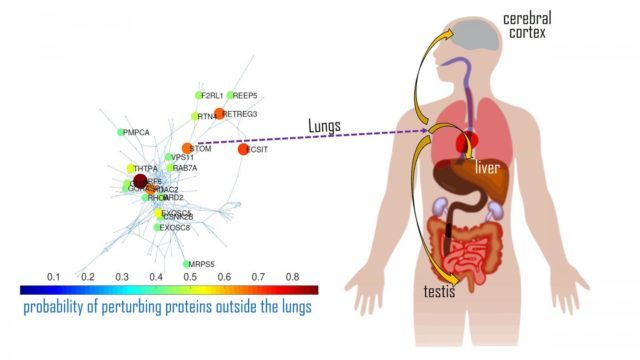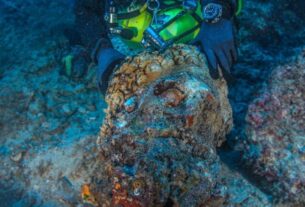COVID-19 proliferates through a receptor present in most of the human body; but if the receptor is so pervasive, why does the virus seem to target only specific organs?
In severe cases of coronavirus, the damage it causes can spread beyond the lungs. It affects other organs, including the liver, kidney, heart, and parts of the neurological system. Beyond these sets of organs, COVID-19 seems to lack impact.
In order to enter human cells, the COVID-19 interacts with exist in abundance protein called angiotensin-converting enzyme 2.
“This receptor is ubiquitous in most human organs, such that if the virus is circulating in the body, it can also enter into other organs and affect them,” said Ernesto Estrada, from the University of Zaragoza and Agencia Aragonesa para la Investigación Foundation in Spain. “However, the virus affects some organs selectively and not all, as expected from these potential mechanisms.”
Once inside a human cell, the virus’s proteins interact with those in the body, allowing for its effects to cultivate. COVID-19 damages only a subset of organs, signaling to Estrada that there must be a different pathway for its transmission. To uncover a plausible route, he considered the displacements of proteins prevalent in the lungs and how they interact with proteins in other organs.
“For two proteins to find each other and form an interaction complex, they need to move inside the cell in a subdiffusive way,” Estrada said.
He described this subdiffusive motion as resembling a drunkard walking on a crowded street. The crowd presents obstacles to the drunkard, stunting displacement and making it difficult to reach the destination.
Similarly, proteins in a cell face several crowded obstacles they must overcome in order to interact. Adding to the complexity of the process, some proteins exist within the same cell or organ, but others do not.
Taking these into account, Estrada developed a mathematical model that allowed him to find a group of 59 proteins within the lungs that act as the primary activators affecting other human organs. A chain of interactions, beginning with this set, triggers changes in proteins down the line, ultimately impacting their health.
“Targeting some of these proteins in the lungs with existing drugs will prevent the perturbation of the proteins expressed in organs other than the lungs, avoiding multiorgan failure, which, in many cases, conduces the death of the patient,” Estrada said.
How the affected proteins travel between organs remains an open question for future studies. His findings published in the journal Chaos, from AIP Publishing.
Read more about: Coronavirus, COVID-19




